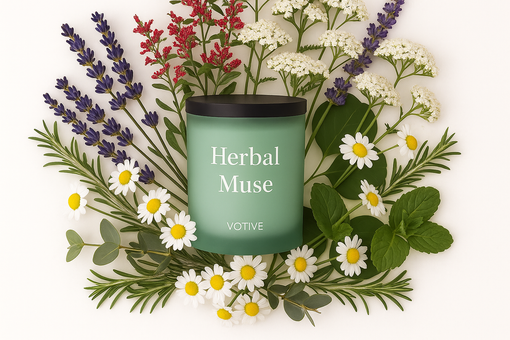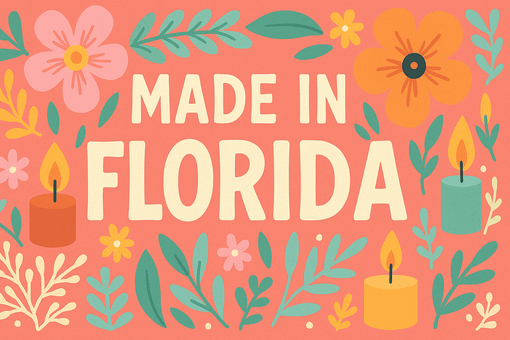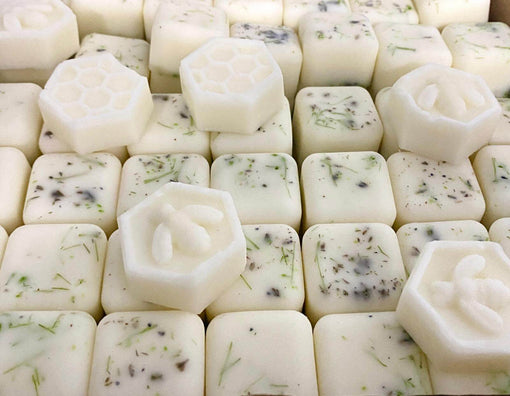
- Article published at:
- Article author: Daniela Stancescu
- Article tag: aromatherapy candles
- Article comments count: 0
Drawer menu
Limited early access.
Shop & Save Now

Quality Ingredients: Choosing candles made from natural and high-quality materials, such as soy wax or beeswax, ensures a cleaner burn and minimal health risks. Natural ingredients often lead to the release of fewer toxins into the air, making candle moments not only beautiful but also safe."
Eco-Friendly Approaches: Supporting brands that prioritize sustainable resources, recyclable packaging, and carbon-neutral operations contributes to a healthier planet. Sustainable practices protect our environment for future generations and uphold ethical values.
Transparency and Labeling: Choose brands that openly communicate their ingredients and manufacturing processes. Clear labeling provides customers with the necessary knowledge to make informed decisions and builds trust between consumers and companies.
Artisan Craftsmanship: Handmade candles showcase the skill and passion of artisans. By choosing handcrafted products, we not only support local businesses but also ensure attention to detail and uniqueness in each piece.
Fragrance Safety: Opt for candles that use phthalate-free fragrance oils or choose only candles infused with pure essential oils for scenting. Harmful chemicals in synthetic fragrances can impact indoor air quality, especially for those who are sensitive.
You can find your perfect candles, adhering to the highest quality standards, on our votive page.

Paraffin Wax: Candles made from paraffin wax release harmful chemicals into the air we breathe. Paraffin wax is derived from petroleum and has been linked to respiratory issues. Choose natural alternatives for a cleaner and safer burn.
Ignoring Wicks: Poorly designed wicks can lead to uneven burning, excessive smoke, and even sooting. Quality candles should have appropriately sized wicks to ensure a clean and steady flame.
Cheap Dyes: Candles made with low-quality dyes can release toxins during burning. Look for candles with natural dyes or those that use safe coloring processes.
Lack of Transparency: Brands that do not provide clear information about their materials and production processes may be hiding less than ideal practices. Choose companies that are open about their manufacturing methods.
Overloading with Fragrances: While scented candles add atmosphere, an excessive amount of fragrance oils can lead to overwhelming scents and even headaches. Balance is key when it comes to fragrance loading in candles.
Conclusions
As consumers, our choices have a profound impact on the candle industry and on our well-being. By choosing candles that align with best practices, we support sustainability, ethical business practices, and healthier living environments. At the same time, avoiding the worst practices protects us from potential health risks and environmental harm. Make informed choices, enrich your candle experiences, and illuminate your world with conscious decisions that shine.
Related Articles


